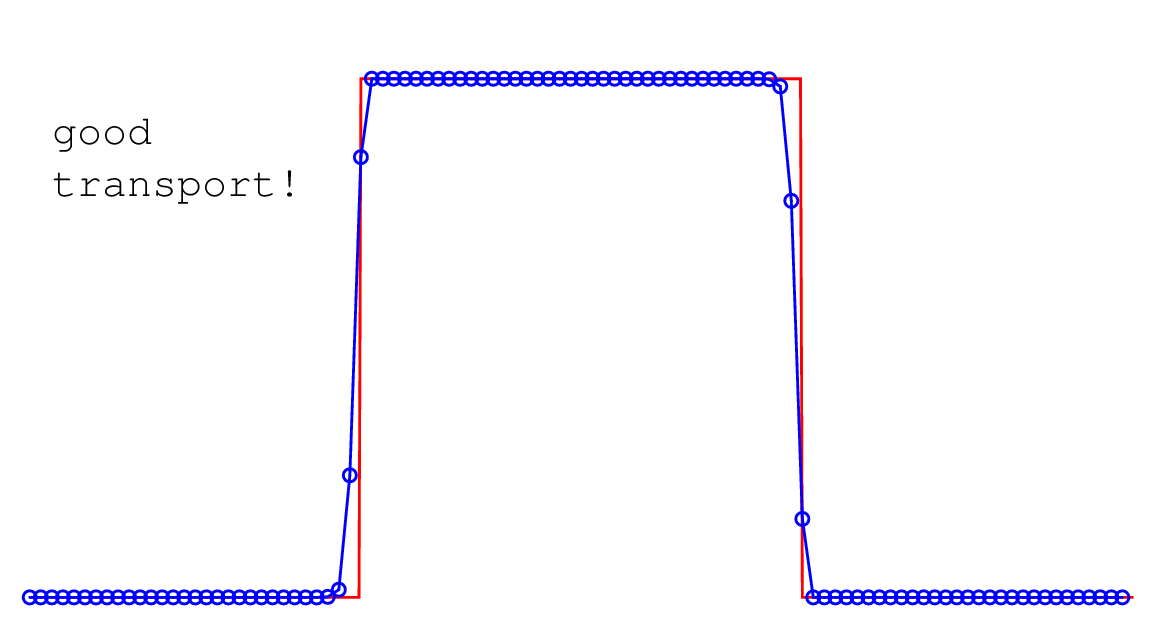Math 615 Numerical Analysis of Differential Equations
Spring 2014
instructor and
contact
info:
Ed Bueler
Chapman 301C 474-7693
elbueler@alaska.edu
bueler.github.io
textbook: Morton
and Mayers, Numerical Solution of
Partial
Differential Equations,
2nd ed., Cambridge, 2005.
|
time: MWF 1:00--2:00pm
room: Reichardt 204
crn: 34117
|
This course covers numerical methods, and their analysis, for approximating partial
differential equations (PDEs) and related problems on computers:
How to do it in practice. How to determine how good a method
is. How to choose among algorithms when facing a hard problem.
There will be many computed examples.
Students will use Matlab/Octave to build algorithms
and run them on concrete examples. There is an emphasis on thinking with
matrices and vectors.
We don't just list some finite
difference schemes but try to think of them as matrix equations.
(We will write small codes to build big matrices for computer
solution.) I expose students to nonlinear examples because real problems are
nonlinear. Students are encouraged to come with a particular problems in mind,
and to do a class project on
it.
|
Topics include:
- Heat
equation:
- finite differences: explicit and implicit
- Fourier series
- stability
- convergence
- Transport equations (like waves):
- flux-conservation
- upwind finite differences and stability
- Lax, leapfrog, and Lax-Wendroff
- finite volume thinking
- The elliptic potential equation:
- boundary value problems
- finite differences
- eigenvalues of matrices
- sparse matrices
- Some real-world and nonlinear examples:
- nonlinear transport
- Newton's method
- Schroedinger equation
|


|
Prerequisites: Officially, Prerequisites: CS F201, MATH F310, MATH F314, MATH F421, MATH F422 or permission of instructor.
Because you might be a graduate student with a background from another
University (!), I would translate this as: Exposure to the use of
computers to do
mathematics (a numerical course of
some kind like Math 310, ES 301, Phys 220, or at least
CS 201) plus undergraduate differential equations (Math 302) plus undergraduate
linear algebra (Math 314) plus some exposure to Fourier series and the method of
separation
of variables (Math 421 or
Math/Phys 611).

